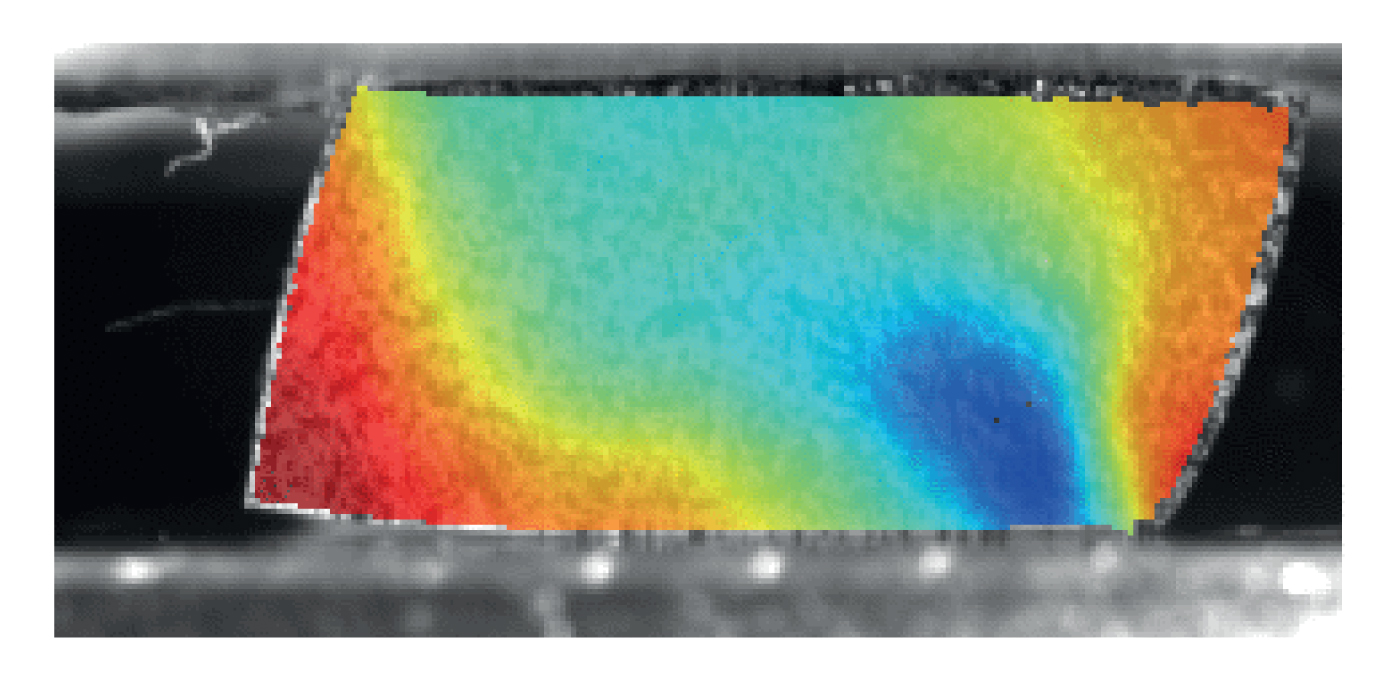Research

Morphing
Morphing is a method of changing the shape of a material or structure to give it a new function. For example, birds can change the shape of their wings during takeoff, cruise, and landing to optimize flight performance and efficiency. We study fundamental research on morphing, which mimics the design of such organisms to create shapes and movements similar to the structure of a bird's wing. Morphing technology, which allows printed sheets to be assembled three-dimensionally in response to external stimuli such as light and heat, is expected to be applied to next-generation technologies such as autonomous three-dimensional structures for folding robots and flexible electronic devices combined with origami and kirigami techniques. We study a mechanics-based algorithm to find a solution to create a 3D surface from a 2D sheet and verify it through tabletop experiments using digital fabrication.

Wrinkling
Elastic instabilities of hard films on soft substrates emerge spontaneously from a homogeneous state during global deformation induced by growth/swelling, drying or confinement. Small compression of the system creates sinusoidal wrinkles with a broad spatial energy distribution while large compression creates sharp folds with localized energy. The wrinkle-to-fold transition has been mostly focused on two-dimensional plane-strain models under uniaxial compression. In experiments, however, the biaxial compression often lead to complex three-dimensional spatial structure due to the interplay between elasticity and geometry. The nucleation and growth of folds in biaxial compression remain elusive. Here, we explore folding dynamics of neo-Hookean bilayer systems under biaxial compression in a systematic way.

Snapping
The goal of traditional design concepts has been to find the best compromise between elements in a trade-off relationship. The drawback of this design concept is that it does not provide optimal performance for individual operating conditions. In particular, more rigorous trade-offs can be made between stiffness, strength, weight, and function. These technologies can change structural members' shape and material properties in response to external stimuli. We study a structural design that takes advantage of this snapping phenomenon.

Sliding
We study an elastic instability of a rubber block sliding on a hard rough surface. In a macroscopic sense we focus on how the aspect ratio of a rubber block and the applied normal force affect the transition from uniform deformation to localized deformation of the block when the frictional motion initiates. Experimental observations reveal the effects of the parameters such as aspect ratio, normal force, and surface roughness on the critical strain fields at the onset of frictional motion.
© Shimane University. All Rights Reserved.


